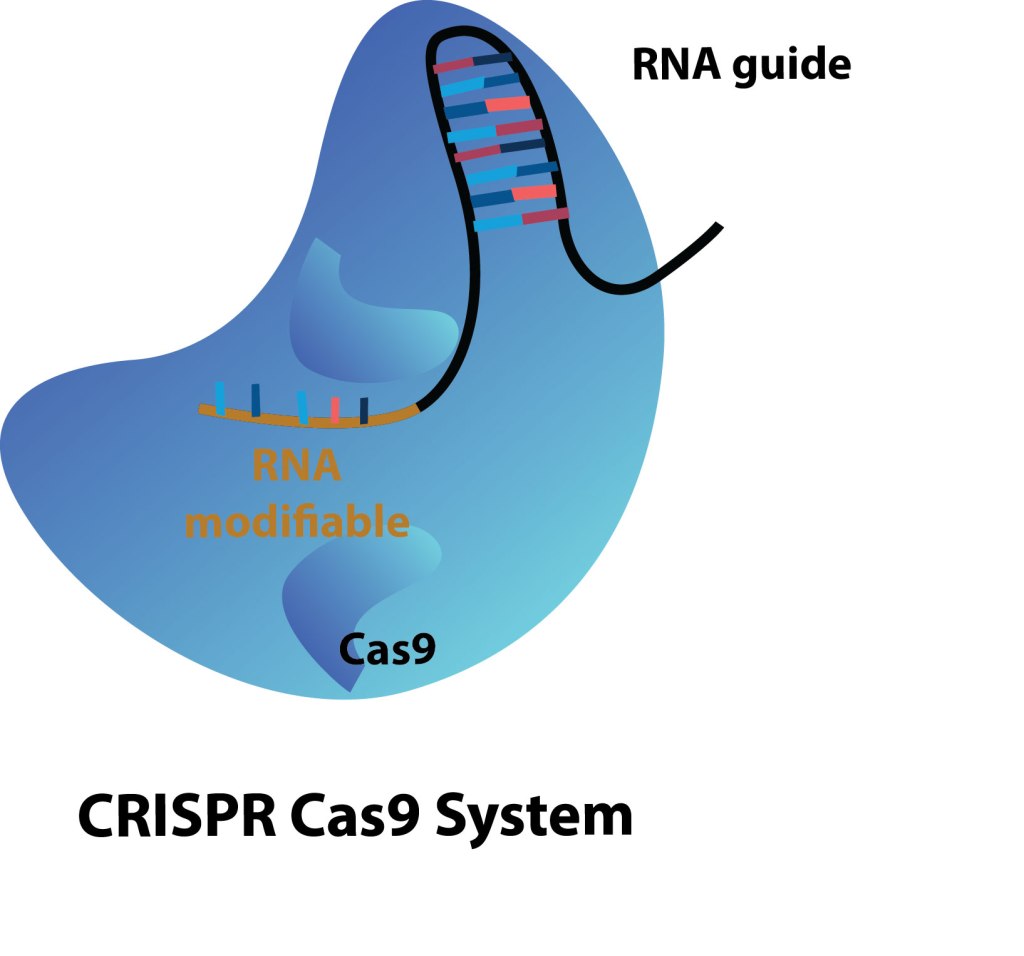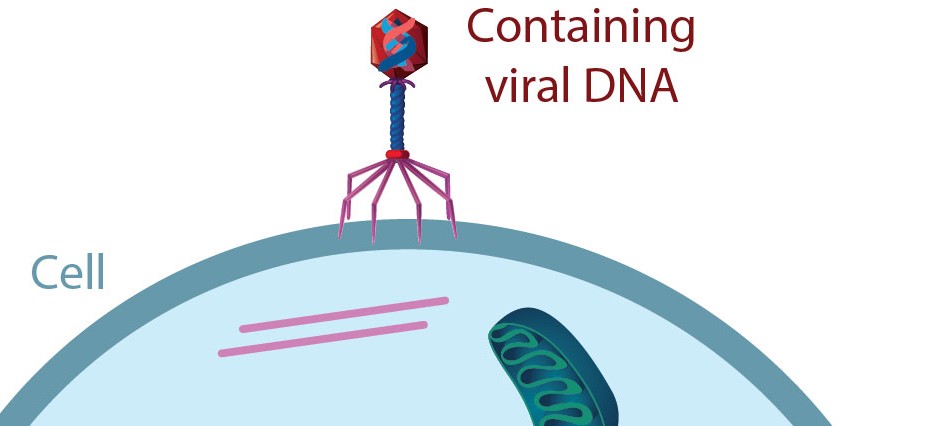The DNA scissors revolution
The history of CRISPR begins in Japan in the late 1980s. A research team will discover it in the DNA of a bacterium: Escherichia coli.

It was only in the 2000s that we discovered that this CRISPR is the equivalent of our immune system in this bacteria. It allows them to defend themselves against viruses by patrolling like soldiers between cells. The CRISPR system, combined with a Cas9 protein, targets viruses and « destroys » them by cutting them, thereby preventing infection.
Thanks to French researcher Emmanuelle Charpentier, a professor at the University of Umeå in Sweden, the impact of CRISPR Cas9, particularly in the medical and pharmaceutical field, was known. Following her work in genetics, awarded twice in 2016 (Leibniz prize and Paul Ehrlich foundation prize), the researcher demonstrated that this CRISPR Cas9 system could cut our DNA in order to eliminate « pieces » or add some. This completely revolutionary method offers many possibilities.
The enthusiasm caused by such a technology quickly generated significant financial challenges with the creation of biotechnology companies and start-ups putting CRISPR derivatives on the market, but also with the opening of new fundamental research projects.
According to The Journal of Gene Medicine, the work associated with this major advance in gene therapy (introduction of genetic material to treat a disease) is as follows, presented in the diagram below.
But what exactly are these DNA scissors and how do they work?
CRISPR means clustered regulatory interspaced short palindromic repeats. This involves three types of CRISPR systems, the Type II system being the most used for therapeutic purposes. This is the one we are going to study.
CRISPR uses a couple tools: an (modifiable) RNA chosen by researchers targeting the gene that we want to eliminate or modify. This modifiable RNA works like a hitman looking for its target, which is the area of DNA that needs to be changed. There is also a second RNA (guide), specific to CRISPR and which does not change.

All of this is associated with another molecule called nuclease, the Cas9. This molecule has the function of cutting DNA, like scissors.
The CRISPR Cas9 system then attaches to the target location of DNA and will cut the two strands of DNA there.
With this mechanism it is therefore possible to cut double strands of DNA in two places in order to remove them or to introduce new « pieces » to express a new gene within the cell.


CRISPR Cas9 is introduced into a cell by researchers by inserting its DNA into bacterial DNA (a plasmid) or viral DNA (AAV). The whole thing will then be injected like a puncture into the cell to come into action.

We can therefore target any region of our genes and apply gene therapies to it. Indeed, its efficiency and its particularity are that the modifications created within a cell are transmitted to future cells (those originating from cell differentiation).
CRISPR does not only have applications to treat diseases such as cystic fibrosis or forms of cancer. CRISPR Cas9 can be used to create GMOs, whether plants to resist insects or even modify insects such as anti-malaria mosquitoes to eliminate mosquitoes carrying the disease by natural selection. The creation of laboratory animal models to specifically study several characteristics or diseases have also been created. But also in the same branch, the « culture » of human organs in pigs for grafts. Or resuscitate extinct species like the mammoth. This has not yet been done but work is in progress. All this research is carried out using this CRISPR Cas9 system.
This craze does not only generate ethical scientific work. We could cite as an example the Chinese twins genetically modified to resist HIV, which in reality would only be partially so.
This technology is therefore very interesting but to be followed carefully so as not to fall into drifts.
For more information on this topic, here is a video from Osmosis the channel on CRISPR-Cas9 and the age of gene-edited humans below.
References:
1. Bertrand Jordan. Chroniques génomiques. CRISPR-Cas9, une nouvelle donne pour la thérapie génique. Médecine/Sciences. 2015.
2. Bertrand Jordan. Chroniques génomiques. Les débuts de CRISPR en thérapie génique. Médecine/Sciences. 2016.
3. Hélène Gilgenkrantz. La révolution des CRISPR est en marche. Médecine/Sciences. 2014.
4. Jacques P. Tremblay. CRISPR, un système qui permet de corriger ou de modifier l’expression de gènes responsables de maladies héréditaires. Médecine/ Sciences. 2015.
Comment ( 0 ) :
Subscribe to our newsletter
We post content regularly, stay up to date by subscribing to our newsletter.

